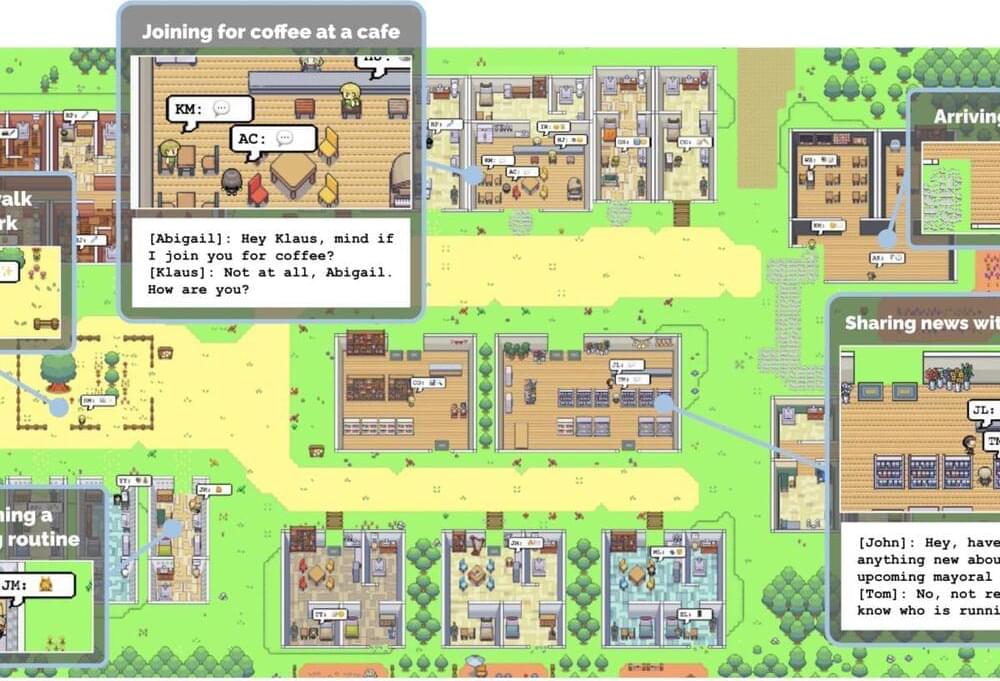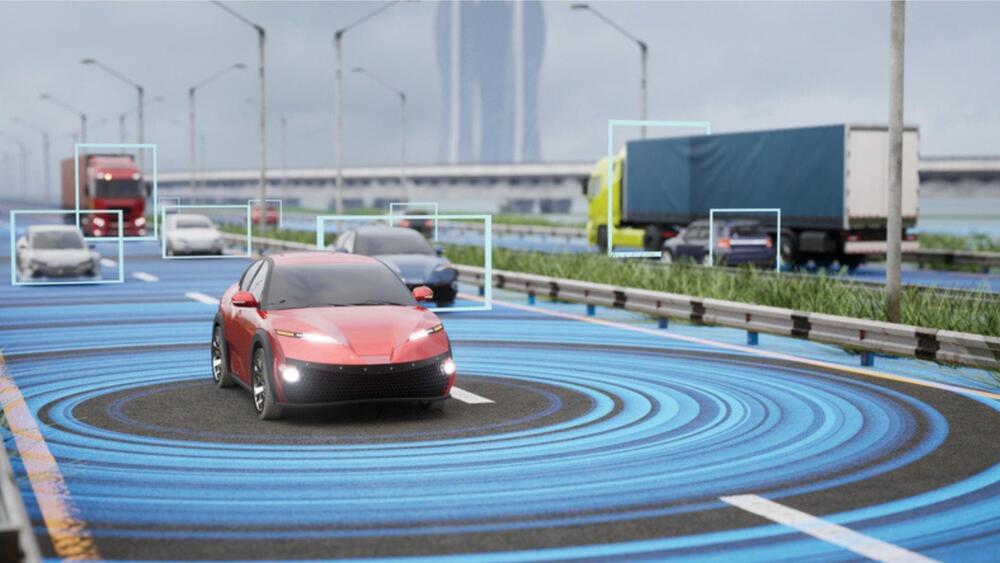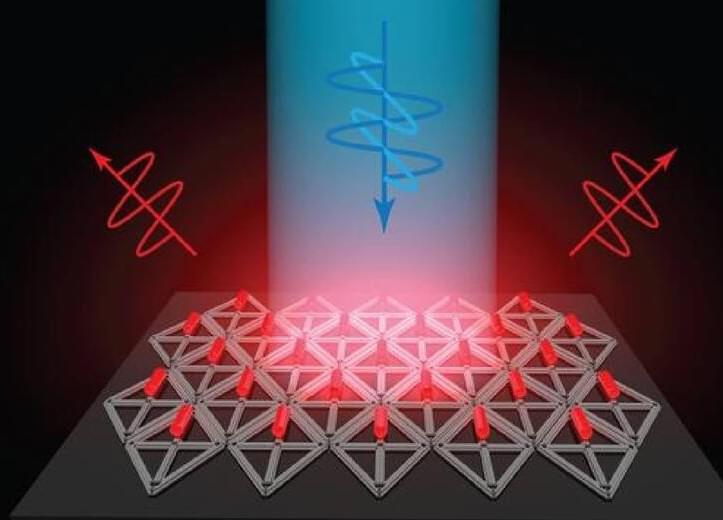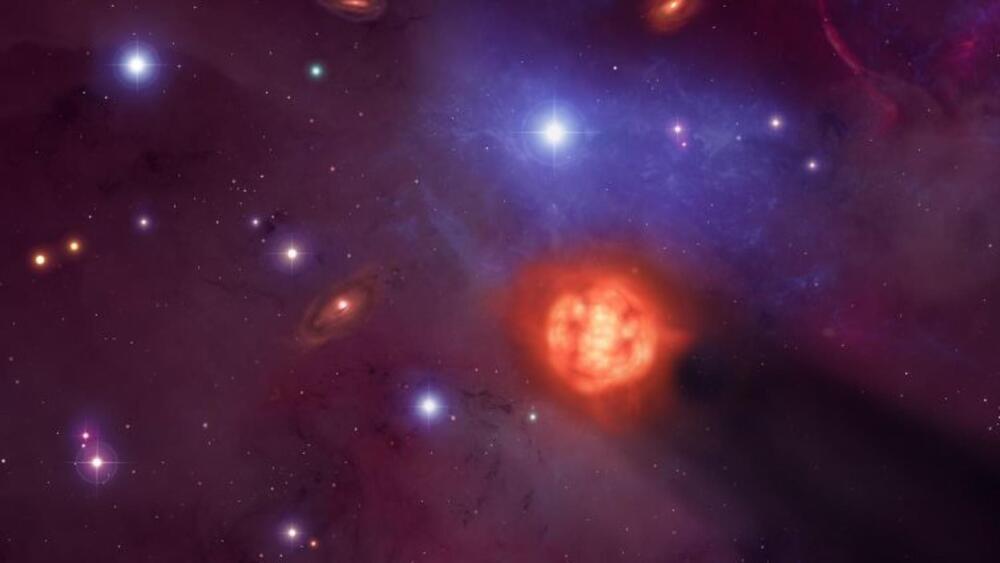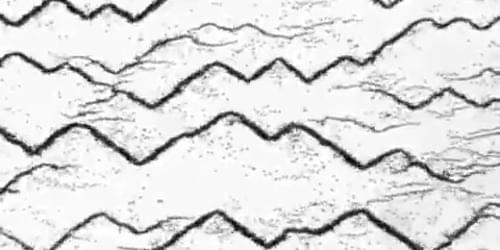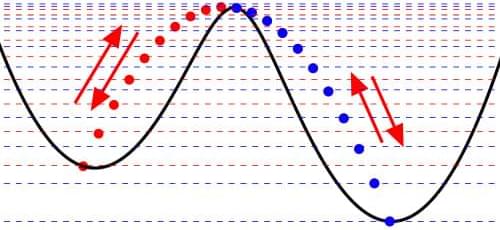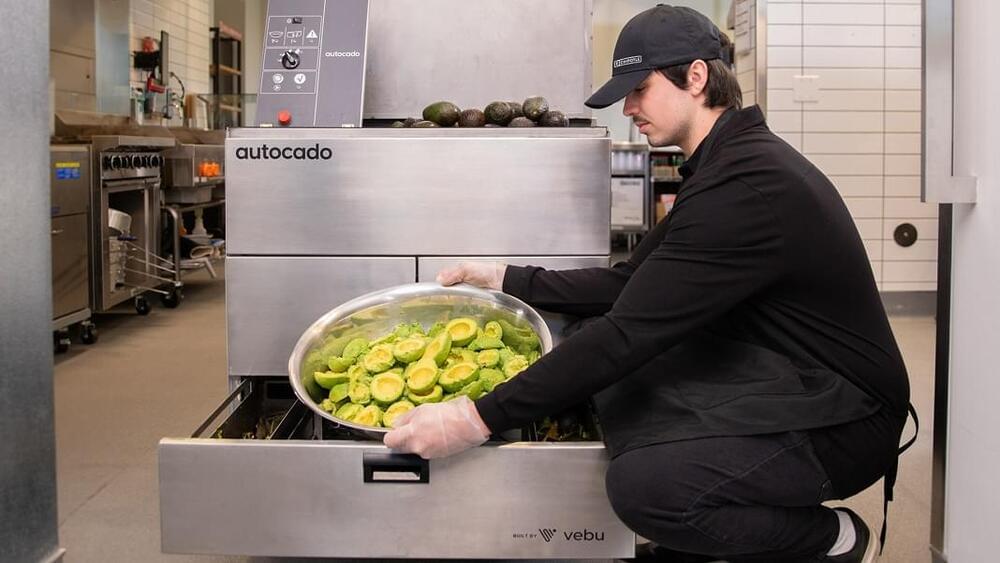Aug 12, 2023
Researchers from Stanford and Google have made an entire AI village. The 25 bots that live there gossip, work, and plan Valentine’s Day parties
Posted by Gemechu Taye in category: robotics/AI
A research team at Stanford and Google has created a virtual village for 25 AI agents to live in. They said the goal of this experiment was to create AI capable of believable, human-like behavior. These AI bots can plan parties, discuss elections, and select birthday gifts, the researchers said.
A research team at Stanford and Google has created a virtual village where 25 artificial-intelligence agents lead lives eerily reminiscent of our own.
In the virtual village, AI agents plan parties and discuss elections as part of an experiment to create more human-like bots.
